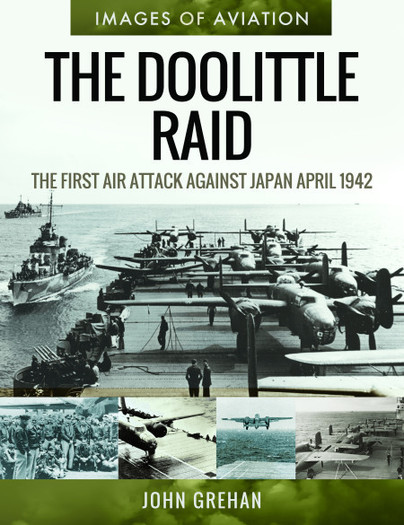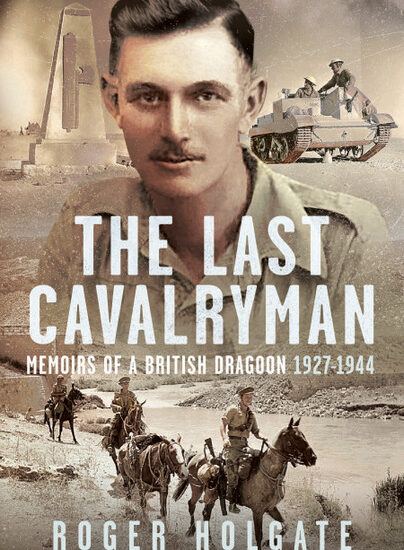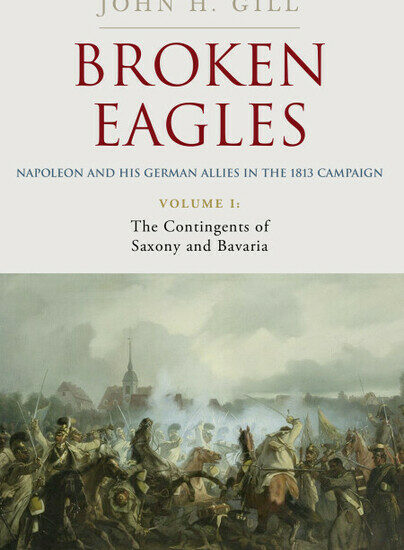Author Guest Post: John Grehan – The Doolittle Raid
THE DOOLITTLE RAID
The First Strike Against Japan, April 1942
Just over two years ago, in January 2018, I was stood on Runway Able at the former U.S. airbase of North Field on the tiny Pacific island of Tinian. Nearby are two deep pits – one for Fat Man and one for Little Boy – the two nuclear bombs dropped on Hiroshima and Nagasaki. The two B-29 Superfortresses, Enola Gay and Bockscar, that carried the bombs which brought the Second World War to a crushing conclusion, took off from Runway Able. Standing there was truly memorable.
The storey of the dropping of the atomic bombs is well known, of course. But when I began reading about the bombing of Japan prior to my visit to Tinian, I came across an event I had never heard of before – the Doolittle Raid.
Upon investigating further, I learned that just a few weeks after the Japanese attack on Pearl Harbor in December 1941, a U.S. Naval officer came up with the suggestion that it might be possible to fly B-25 bombers from an aircraft carrier to strike at Japan. Few people could ever have imagined flying these huge aircraft from the deck of a carrier at sea, yet that is exactly what ‘Jimmy’ Doolittle and the volunteer crews of sixteen aircraft managed to do.
The B-25s had to be stripped of every non-essential piece of equipment and extra fuel tanks had to be fitted, even inside the bodies of the planes. On 2 April, they set off on the carrier USS Hornet, protected by a large naval force. The men knew that they would be unable to return to the carrier but would have to fly, hopefully, to friendly Chinese territory that had not been occupied by the Japanese. However, the ships were spotted prematurely by a Japanese picket boat and the decision was taken to take-off immediately before word of the task force’s approach reached Tokyo, even though the carrier was 170 miles further away from Japan than planned and in the knowledge that the B-25s would not have enough fuel to reach their intended destinations. Not one of the men refused to fly.
The bombers managed to hit targets in Tokyo and its vicinity, much to the astonishment of the Japanese who never dreamt their city would be attacked. But fifteen of the sixteen B-25s crashed or force-landed, the other landing in Russia where it was impounded.
If all of this is not enough of a story, some of the Americans were killed in the crashes, some were found by Chinese partisans who helped the men escape the Japanese patrols sent to round up the Americans. Others, though, were captured by the Japanese and were ill-treated, with three being executed. It is estimated that the Japanese killed tens of thousands of Chinese during their efforts to track down the American airmen.
It is a tremendous story and I cannot understand why it has not been the subject of a Hollywood blockbuster. Though the Doolittle Raid has been written about before, I was able to find a fantastic collection of photographs, enabling me to not merely retell this dramatic tale, but, also, allowing me to show all the people and aircraft involved.

The Doolittle Raid is available to order now from Pen and Sword Books.

